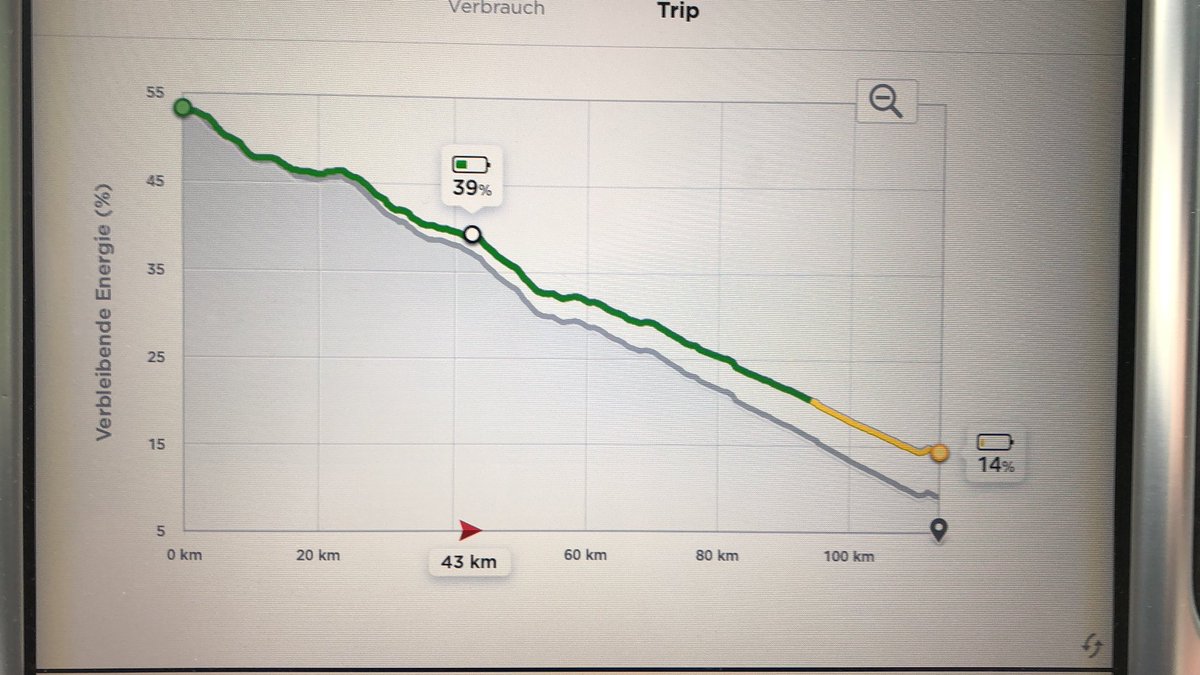First post here
I am going to buy a Tesla SR+ in a week's time. LR-RWD was my choice but not available. I plan to take a 600 mile trip a month later.
I used a better route planner with Tesla superchargers and it gave me these first 3 charging options, when starting out at 90% charge from home
At 09 miles battery at 39% charge to 75% in 15 mins for $3.46
Next charge 121 miles later when battery is 10% and charge to 52% in 14 mins for $6.21
Next in 77 miles when charge is 10% and charge to 60% in 17 mins for $7.40
My questions are
1. I do not want to charge the first charge to only 75% and run it down to 10% for the 2nd charge since that leg will be climbing part of Appalachian mountains where battery consumption can be higher than predicted. So if I play it safe and charge to 90% at the first super charger instead of 75% can I expect to have 25% charge left in my natter when I arrive at 2nd supercharger instead of 10%. In other words is it linear that the battery power and between 10 and 20 % is almost the same as between 50 and 60% or 80 and 90%.
2. Why is the charging between 39 and 75% (36%) in the first leg only $3.46 but between 10 and 52% (42%) in the 2nd supercharger quite a bit expensive at $6.21. Are KWH different between different battery percentages?
Thanks
I am going to buy a Tesla SR+ in a week's time. LR-RWD was my choice but not available. I plan to take a 600 mile trip a month later.
I used a better route planner with Tesla superchargers and it gave me these first 3 charging options, when starting out at 90% charge from home
At 09 miles battery at 39% charge to 75% in 15 mins for $3.46
Next charge 121 miles later when battery is 10% and charge to 52% in 14 mins for $6.21
Next in 77 miles when charge is 10% and charge to 60% in 17 mins for $7.40
My questions are
1. I do not want to charge the first charge to only 75% and run it down to 10% for the 2nd charge since that leg will be climbing part of Appalachian mountains where battery consumption can be higher than predicted. So if I play it safe and charge to 90% at the first super charger instead of 75% can I expect to have 25% charge left in my natter when I arrive at 2nd supercharger instead of 10%. In other words is it linear that the battery power and between 10 and 20 % is almost the same as between 50 and 60% or 80 and 90%.
2. Why is the charging between 39 and 75% (36%) in the first leg only $3.46 but between 10 and 52% (42%) in the 2nd supercharger quite a bit expensive at $6.21. Are KWH different between different battery percentages?
Thanks



